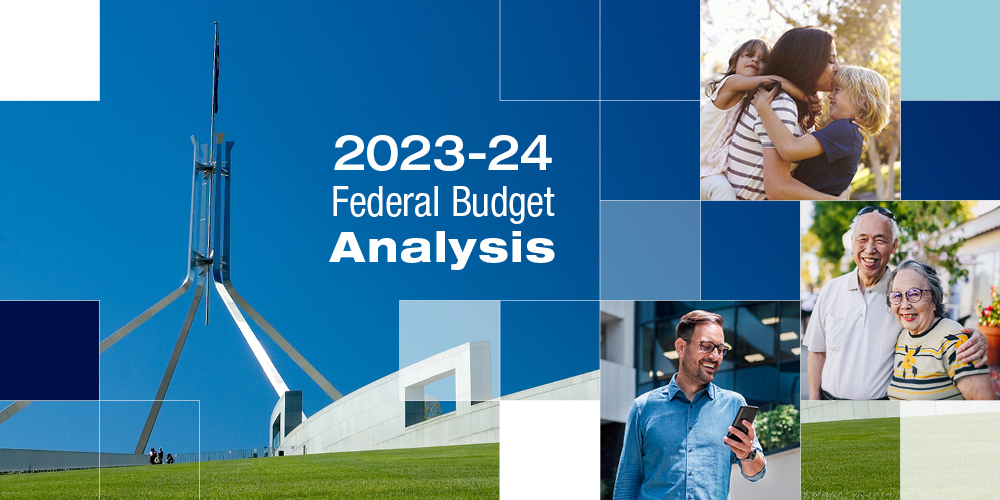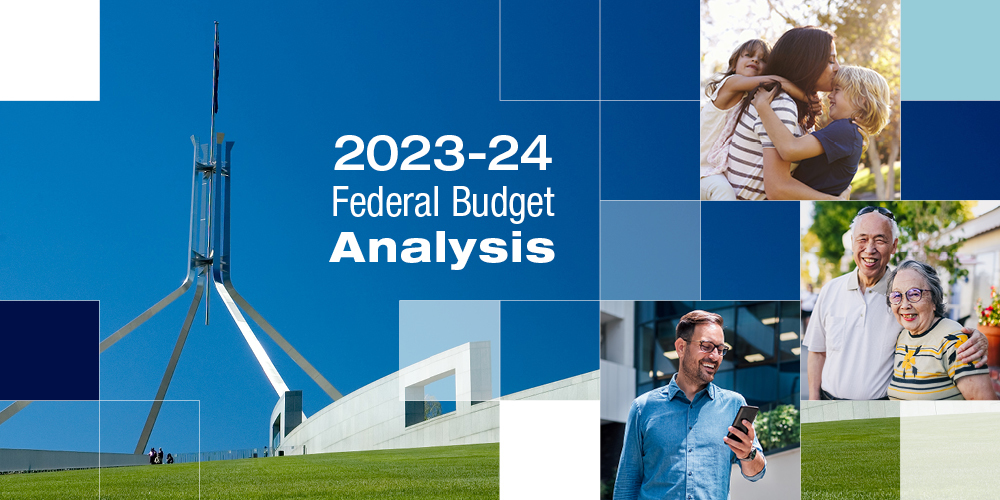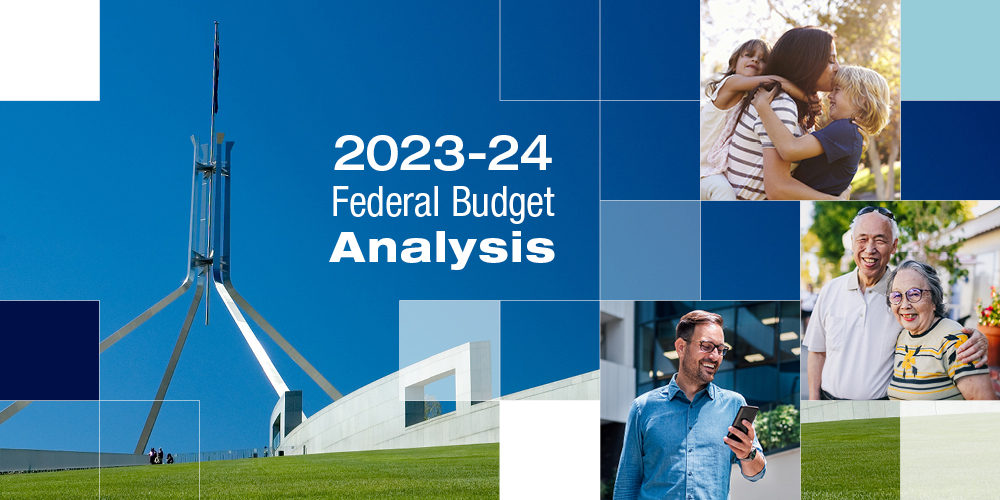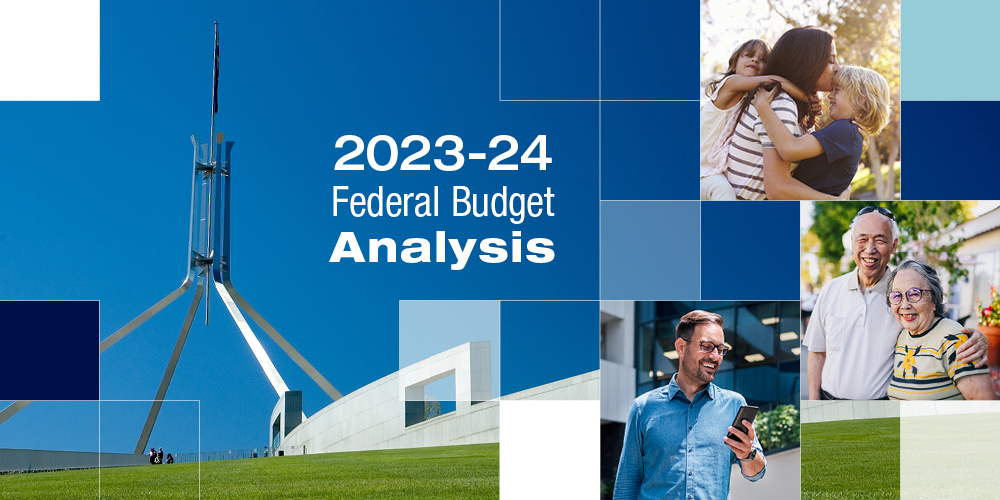Spring 2023

After endless gloomy forecasts, there was a glimmer of hope last month that the cost of living might be easing. Inflation fell in July to 4.9% from 5.4% in June, despite predictions by economists of a rise.
While housing prices are still rising, up by 7.3 per cent for the 12 months, and total dwelling approvals recorded a sharp decline in July, the next Reserve Bank Governor Michele Bullock believes prices in some areas will fall by five per cent or more by 2050 because of climate change.
Consumer confidence is continuing to slowly improve. The ANZ-Roy Morgan Consumer Confidence has now increased for a record 26 weeks in a row. Unemployment was up slightly by 0.2% to 3.7%, meaning an extra 36,000 people are now looking for jobs.
China looms large as a threat to Australia’s economy. As our largest two-way trading partner, China’s worsening economic conditions are concerning for Australian investors although stronger demand from steel producers led to a small increase in iron ore prices. The ASX200 ended the month down, gains in financial stocks were offset by losses in mining and energy shares because of their dependency on China. The Australian dollar rebounded slightly based on improved confidence in the US.
















